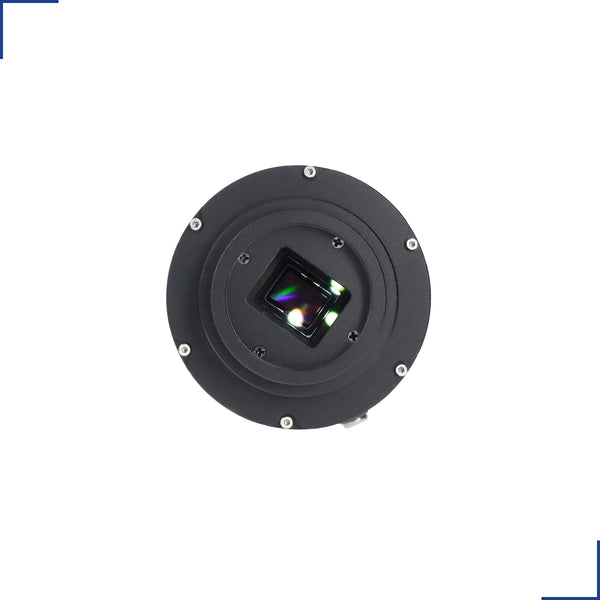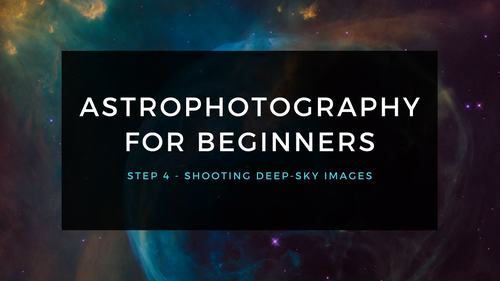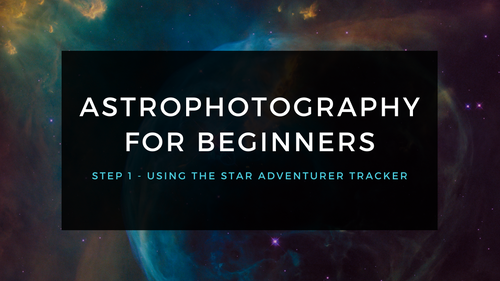



Why Purchase from All-Star Telescope?
Free Expert Support
Whether you are a first timer needing help with setting up or an enthusiast that can't quite make that one thing work, our expert staff are ready to support your needs. With decades of knowledge and first hand experience we've been there and we can help you through it!
Stress Free, Secure Transactions
You can trust purchasing and delivery with All-Star Telescope. All of our transactions are 100% secure and Level 1 PCI DSS compliant thanks to Shopify's ShopPay platform. For additional protection, we insure 100% of the value of every shipment we make. If it get's lost during shipment, we replace it. If it gets damaged during shipment, we replace it. We make sure your product arrives exactly as you would expect it to; we promise.
We also ensure privacy protection. We never keep any of your credit card information on file and any of your personal data is stored according to our policies.
30 Day Return Policy
Buy with confidence knowing that we accept returns up to 30 days after purchase. We want you to have something you will actually use and we are confident that we keep good quality products in our store with No Junk.
Price Match Promise
Shipping around for the best price is tough, we make it easier by offering the best pricing in the market. But if you find a better price on an in-store item somewhere else we will match it!
Product Description
QHY183 is a model designed for astrophotography beginners. It exhibits excellent sensitivity and low noise, with the back illuminated 183 having higher sensitivity and somewhat higher resolution. It is well suited to planetary and deep-space imaging particularly when mated with the CFW3 filter wheel. This model has two-stage thermal electric cooling of the sensor to about minus 40 degrees C below ambient for maximum reduction of dark current noise in long exposures.
QHY183 incorporates QHY’s Anti-Amp Glow technology to significantly reduce typical CMOS amplifier glow to a minimum, allowing excellent calibration by subtracting a dark frame.
QHY183 utilizes the Anti-Dew features common to the QHY COLDMOS cameras. Dew is moisture that condenses from the air onto the outside of the chamber window. Frost is water vapor that freezes when it comes into contact with the inside of the chamber window or the surface of the sensor. QHY has nearly 20 years of experience designing cooled cameras and these models benefit from those years of anti-dew and anti-frost design experience. To help prevent dew from forming on the chamber window heating elements are built into the light shield just above the chamber. To avoid frost from forming inside the chamber a desiccant tube is provided that can easily be attached by the user to the outside of the camera when needed to dry the internal atmosphere of the chamber and remove any built-up moisture.
QHY183 models can be used as guiding devices, too. The opto-isolated guiding port is a standard ST-4 configuration using an RJ11 style Jack. A guiding cable is included with each camera.
The 183 with its smaller higher resolution sensor is a good match to short focal length telescopes or for imaging smaller dim objects through a large scope. The larger 163 gives a greater field of view and would be a good choice for imaging larger areas of the sky such as nebula or when coupled to a longer focal length telescope to take greater advantage of the scopes full field.
The QHY183M is a one-inch, 20 Megapixel back-illuminated monochrome CMOS camera with a peak QE of 84%. The pixel size is 2.4um, yielding high-resolution with modest size telescopes. The camera is capable of producing 15FPS@20 Megapixels. It has a two-stage TEC that cools the sensor to -40C to -45C below ambient. The ADC is 12-bit / 16-bit with 1e- read noise! The computer interface is USB 3.0 and exposure times can be set from 50us to 3600sec.
Specifications
| CMOS Sensor | SONY IMX183 BSI CMOS |
| Mono/Color | Color |
| FSI/BSI | BSI |
| Pixel Size | 2.4um*2.4um |
| Effective Area | 5544*3684 |
| Effective Pixels | 20 mega |
| Sensor Size | Typical 1 inch 13.3mm*8.87mm |
| Fullwell | 15.5ke- |
| AD Sample Depth | 12bit (output as 16bit and 8bit) |
| Max Full Frame Rate and ROI Frame Rate |
|
| Readout Noise | 2.7e- @ lowest gain 1.0e @ high gain |
| Dark Current | 0.0024e/pixel/sec @ -15C |
| Exposure Time Range | 50us-3600sec |
| Unity Gain | 10 |
| Anti-Glow Control | Yes |
| Shutter Type | Electric Rolling Shutter |
| Computer Interface | USB3.0 |
| Built-in Image Buffer | 128MByte DDR2 memory |
| Cooling System | Dual Stage TEC cooler (-40C below ambient) Note: Test temperature +20° |
| Optic Window Type | QHY183M: AR+AR High Quality Multi-Layer Anti-Reflection CoatingQHY183C: IR cut filter |
| Anti-Dew Heater | Silicon gel tube socket |
| Telescope Interface | M42/0.75 |
| Back Focal Length | 17.5mm |
| Weight | 650g |
Additional Articles, Videos, and Links

Astrophotography for Beginners Step 4: Shooting Deep-Sky Images
Taking deep sky pictures can be daunting, luckily there is an easy process to follow to allow you to get great shots! Here is the typical process for actually taking deep-sky images in the field.

Astrophotography for Beginners Step 3: Choosing Gear for Deep-Sky Imaging
Using a star tracker gains you experience with the fundamentals of deep-sky imaging. Shooting the Moon gains you experience focusing and framing through your telescope. Through your sessions you’ll...

Astrophotography for Beginners - Start Here: Getting into Astrophotography Step by Step
Shooting the night sky has never been more popular, nor easier. The choice of equipment has also never been better, or more affordable. However, as per the advice given by Dickinson and Dyer in the...

Astrophotography for Beginners Step 1: Using the Star Adventurer Tracker
By far the most economical and easiest way to capture beautiful images of the Milky Way and large deep-sky objects like the Andromeda Galaxy (shown here) is to use a star tracker. Here are steps an...

Astrophotography for Beginners Step 2: How to Shoot the Moon
Close-ups of the Moon are rewarding, and an easy way to learn to shoot through your telescope. While good results are possible with a phone camera clamped to an eyepiece (as shown below), this tuto...


